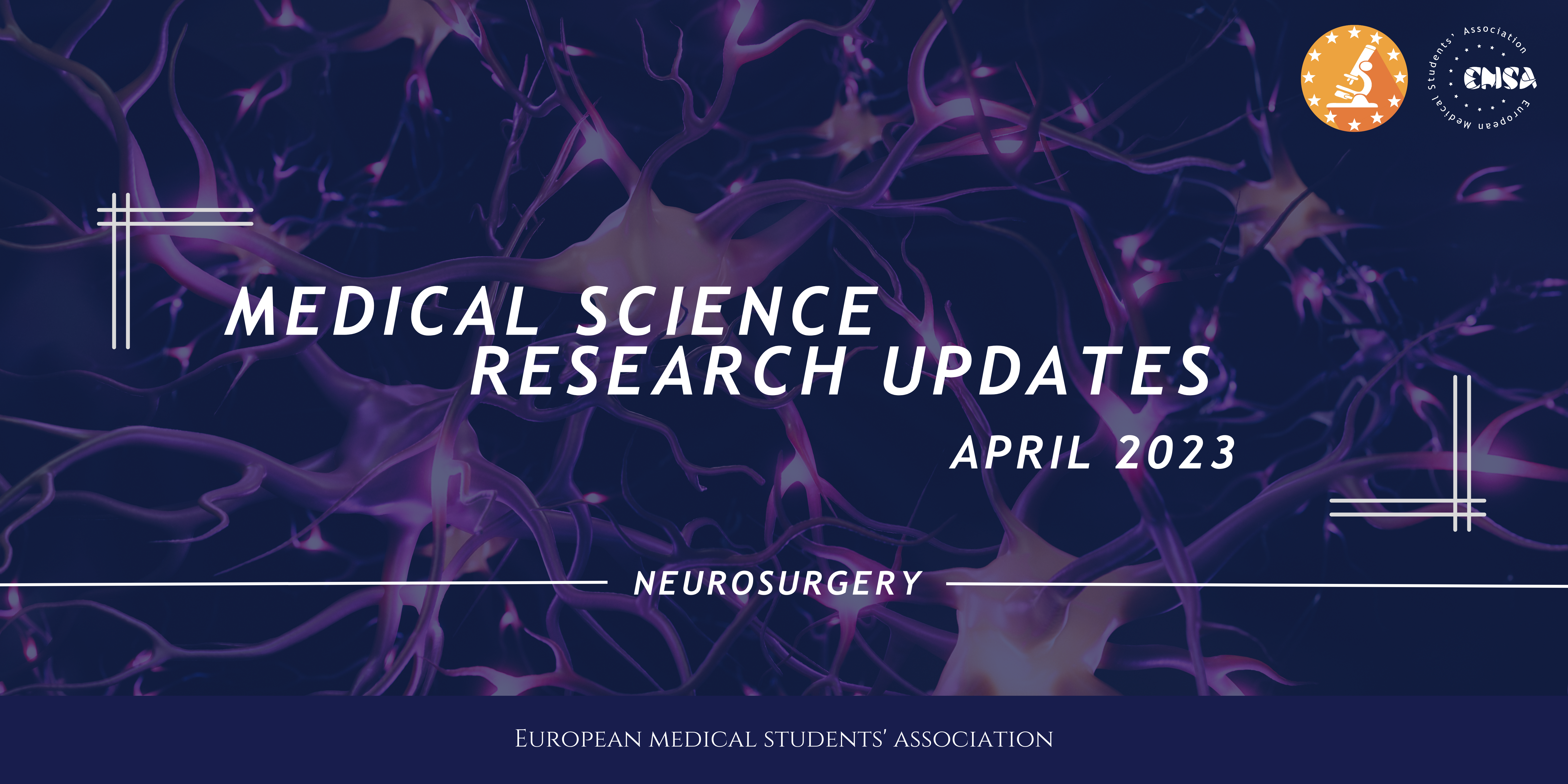
High-Grade Ectopic Pituitary Adenoma within the Cerebellopontine Angle: A Case Report
Pituitary neuroendocrine tumors (PitNETs) originate in the anterior pituitary lobe which can be descendants of lactotrophs, gonadotrophs, or etc. Ectopic PitNETs are defined as PitNETs that have no direct connection to the normal pituitary gland and reside outside the sella turcica. An ectopic PitNET in cerebellopontine angle (CPA) has been reported only once previously in the literature. In this article, researchers present a case of an ectopic PitNET in the CPA with grade II. A 32-year old woman with right-sided orbicularis weakness, decreased facial sensation on the right side, horizontal and vertical diplopia on right and up gaze (…) presented to the emergency department. Their case indicates the importance of considering unusual lesions in unsuspecting locations if preoperative imaging exhibits unusual or invasive features.
Persistent Facial Nerve Palsy after Middle Meningeal Artery Embolization for Subdural Hematoma: A Case Report
Physicians estimate that chronic subdural hematomas (cSDHs) can be the most prevalent cranial neurosurgical condition by 2030. Subdural hematomas occur due to shearing of bridging veins that travel to the dural venous sinuses, mostly in patients over the age of 60 or in patients with brain atrophy. Middle meningeal artery embolization is a safe and minimally invasive procedure which has decreased the recurrence rate of cSDH. But in this article, researchers discuss a potential complication of this procedure with a patient with recurrent SDH who developed persistent facial nerve palsy after MMA embolization. They indicate the necessity for a deeper understanding of the potential complications of this procedure.
Spinal Cord Ischemia after Transcatheter Artery Chemoembolization for Hepatocellular Carcinoma: A Case Report
Hepatocellular carcinoma (HCC) is the third cause of cancer-related death and the fifth most prevalent malignancy worldwide. Transarterial hepatic chemoembolization (TACE) is a specific method that blocks the hepatic artery to treat HCC. TACE is indicated for locally advanced cases, and widely recommended in guidelines. In this case, physicians present a case of a 76-year-old male patient with pain in the upper right quadrant. Patient has a medical history of chronic hepatitis B and hypertension. They performed TACE for the patient and after the intervention, the patient complained of acute paraplegia, difficult urination and dyschezia. In this case, researchers indicated a rare complication with spinal cord damage following TACE.
The Minimally Invasive Lateral Occipital Infracortical Supra-/Transtentorial Approach in Surgery of Lesions of the Pineal Region: A Possible Alternative to the Standard Approaches
The surgeries of pineal region neoplasms is one of the most precious operations, since accessing this region and removing the neoplasms require lots of patience and effort. There are four main surgical approaches to this region in the literature: infratentorial supracerebellar, occipital supra/trans-tentorial, interhemispheric, and transventricular approaches. In this article, researchers present the minimally invasive lateral occipital infracortical supra-/transtentorial approach as an alternative to standard surgical approaches for lesions in the pineal region. They suggest that this approach may offer advantages, such as reduced invasiveness and potential for better outcomes in certain cases.
The Oculomotor Cistern and Its Role in the Management of Pituitary Lesions: An Anatomical, Radiographic, and Clinical Scoping Review
The oculomotor cistern (OMC) is bound by a dural invagination that surrounds the third cranial nerve in its course along the cavernous sinus roof to the superior orbital fissure. During its course, the nerve is enveloped by a thin arachnoid layer and cerebrospinal fluid until the end of the cistern, where the meningeal layers are replaced by the neural ones. But the transition from meningeal to neural layers is poorly understood in the literature. Therefore, the aim of this study is to provide an updated and focused overview of the OMC and its relation with pituitary adenomas, highlighting the different perspectives and descriptions from anatomical, radiological, and clinical points of view.






